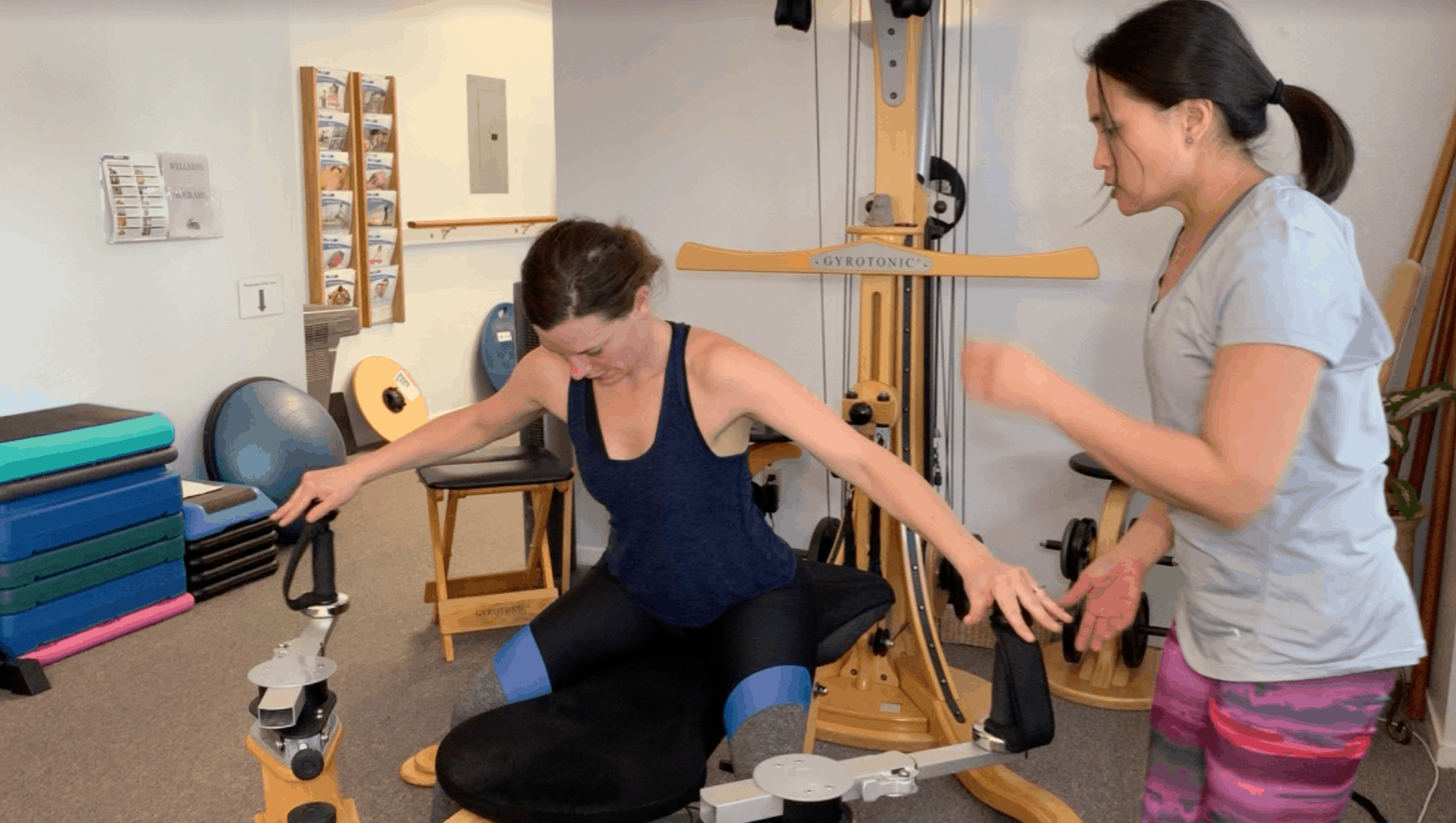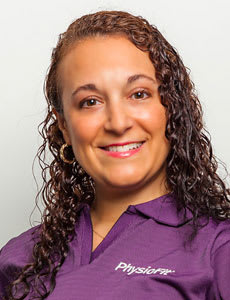
Injuries or illness can impair your ability to perform even the most mundane daily tasks—such as getting out of bed, putting on your seatbelt, or walking up a flight of stairs. And when even simple tasks become a struggle, you can imagine how challenging it is to keep up with the more demanding activities you love, like swimming, hiking, arts and crafts, or even just playing with your grandkids in the yard.
One of your best solutions for regaining the pain-free movement needed to do things you enjoy, is therapeutic exercise. In this article, I’d like to talk about what therapeutic exercise is and why it’s so beneficial for people with an injury or illness.
What is Therapeutic Exercise?
Therapeutic exercise refers to a wide range of purposeful movements and activities prescribed by physical therapists and related healthcare professionals. The goal of therapeutic exercise is to correct or prevent injury, alleviate pain and associated symptoms. In doing so, we also improve a person’s overall function and sense of well-being.
Depending on the unique needs and goals of the individual, therapeutic exercises may look like:
Stretches and exercises that target specific joints or muscle groups
Compound movements that involve multiple joints and muscle groups, often incorporated into more functional activities like yoga or Pilates
You should know that therapeutic exercises are different from a general workout routine you might do at the gym. Therapeutic exercises are prescribed to address your specific impairments rather than to improve your overall fitness level. Although, therapeutic exercises can indirectly help with this, too (more on that in a second). At our clinic, we prescribe therapeutic exercises that can improve pain, tissue healing, balance, flexibility, posture, motor control, strength, or endurance—whatever you need.
Furthermore, therapeutic exercises are prescribed to match your specific injury. In other words the type of exercises you need for a two-week-old ankle sprain will be different from the type of exercises you need when you’re three months out from the initial injury. There are critical nuances here that must be accounted for to get the best possible outcome. Nuances such as: repetition, load, and exercise type.
As physical therapists, we’re here to help you sort these nuances out! We’re trained in the musculoskeletal, neurological, physiological, and pathological differences in the various stages of recovery.
Why We Love It: The Benefits
We have a lot of significant evidence supporting the use of therapeutic exercise for acute and chronic injuries and illnesses. One known benefit: therapeutic exercise encourages your active involvement, which translates to better outcomes overall.
Don’t get me wrong—passive treatments like massage are incredibly beneficial for conditions like back pain or knee pain. But research shows when you take a more active role in your recovery, you’ll have better functional outcomes. Plus, I’ve found that whatever passive treatments you receive work better and more efficiently when they are provided alongside a personalized therapeutic exercise program. Talk about a win-win!
Another benefit of therapeutic exercise is that it alleviates pain and other disruptive symptoms. This allows you to safely start increasing your overall activity level. “I know exercise is good for me. But I’m in too much pain to work out!” I hear this all the time from my patients with arthritis. And it’s undoubtedly a frustrating conundrum when you’re unable to tolerate general exercise because of an injury or illness. Especially if you see your condition getting worse because you’re not staying active.
Therapeutic exercises put an end to this vicious cycle. Our exercise prescriptions help you feel better. So you can safely start increasing your physical activity level while minimizing the risk of re-injury. Therapeutic exercises performed in supervised settings, like individual or group wellness classes, also allow you to receive real-time instructions. Last, these class type also offer you guidance to ensure you know what to do and how to do it correctly.
 ABOUT THE AUTHOR
ABOUT THE AUTHOR
Kim Gladfelter, MPT, OCS, FAAOMPT
Women's Health Physical Therapy Specialist at PhysioFit Physical Therapy & Wellness
Kim Gladfelter is a physical therapist, Pilates instructor, educator, author, and co-founder of PhysioFit Physical Therapy & Wellness. She is known as a keen, well-rounded expert of healing through movement and women’s health specialist in the Silicon Valley area.
Kim has helped men and women of all ages to stay active and feel their best. She also writes about managing pain in her health columns, blogs and the local Los Altos Town Crier newspaper as well as reaches out to the local community, support groups, schools, libraries, and sports centers to advise and educate on body awareness and therapeutic exercise.

 Los Altos, CA
Los Altos, CA
